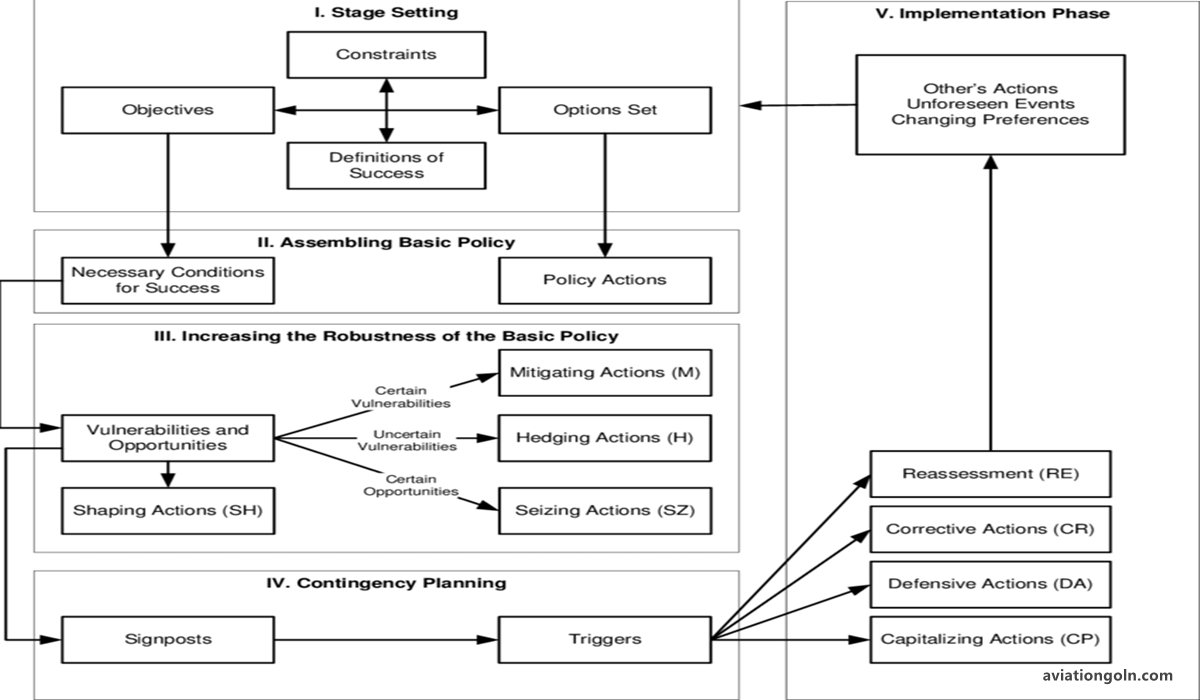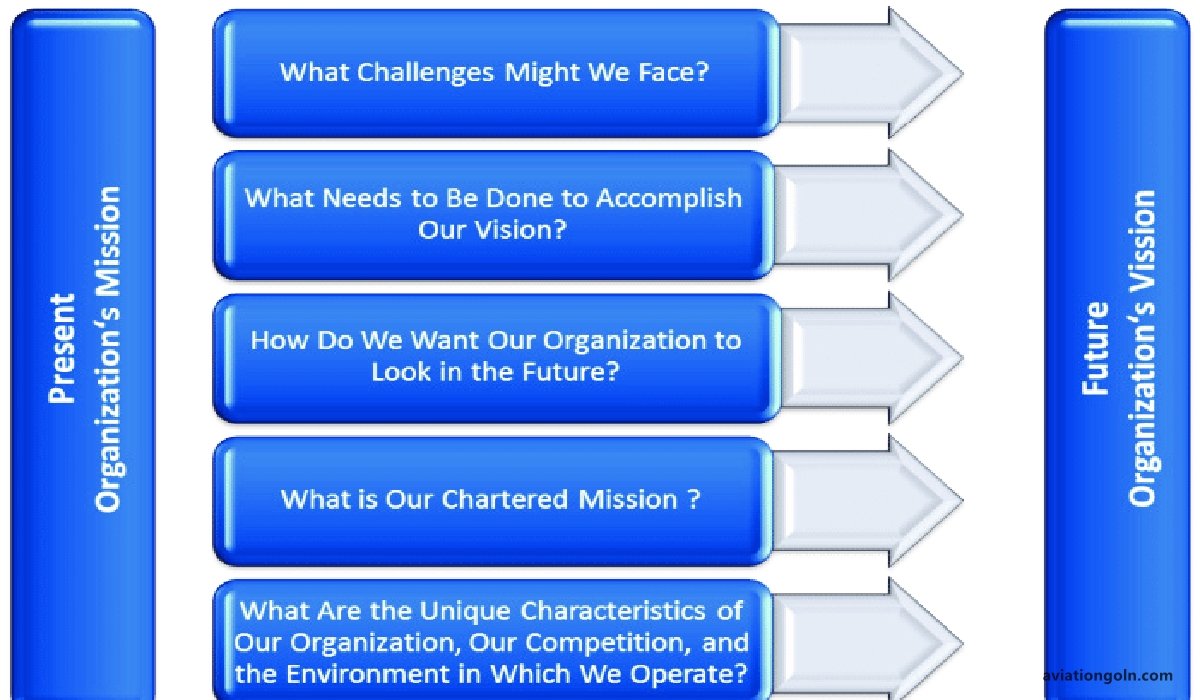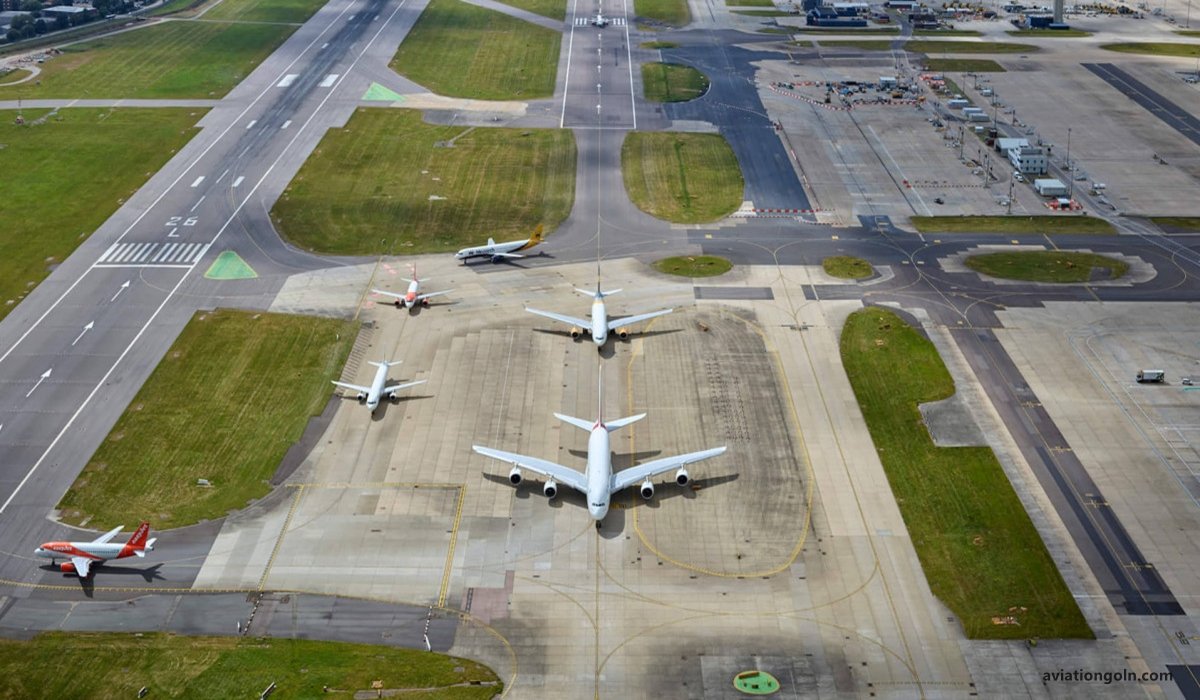Importance of Strategic Planning: The aviation industry has undergone rapid evolution over the past century, moving from the rudimentary structures of early flight to the colossal infrastructures of modern airports. In the heart of this transformation lies strategic planning, the guiding force enabling the growth, development, and optimization of airport operations and structures. This article seeks to delve into the intricacies of airport strategic planning, underscoring its pivotal role in shaping the future of global aviation.
Importance of Strategic Planning: Airport Strategic Planning
1. Understanding Airport Strategic Planning
At its core, airport strategic planning is a systematic process that aligns an airport’s short-term and long-term goals with available resources. It anticipates the future, creating a roadmap that ensures the facility remains responsive to evolving industry trends, emerging technologies, and changing passenger demands.

2. The Significance of Strategic Planning for Airports
A. Ensuring Capacity and Operational Efficiency
As air travel grows, airports face capacity challenges. Without strategic foresight, they risk becoming chokepoints, causing delays and reduced operational efficiency. A well-drafted strategic plan anticipates growth, helping airports expand infrastructure, adopt new technologies, and optimize operations to handle increased traffic seamlessly.
B. Enhancing Competitive Advantage
Airports often vie for major airline hubs, new routes, and increased traffic. Through strategic planning, airports can identify unique selling points, develop niche markets, or invest in facilities that give them an edge over competitors.
C. Financial Sustainability
Airports are massive investments, often funded by a mix of public and private sources. Strategic planning ensures financial viability, allowing airports to allocate budgets wisely, identify revenue streams, and ensure a return on investment.
D. Responding to Technological Changes
The aviation industry is rapidly integrating new technologies. From biometric screening to drone monitoring, airports need strategic planning to stay ahead, integrating innovations that enhance efficiency, security, and passenger experience.
E. Environmental and Social Responsibility
Modern airports are increasingly judged not just on efficiency but on environmental sustainability and social responsibility. Strategic plans can prioritize green technologies, efficient waste management, noise control, and community engagement.

3. Key Components of Airport Strategic Planning
A. Vision and Mission Statement
This foundational step defines the airport’s purpose and its long-term aspirations. It’s the guiding beacon, illuminating the airport’s overarching goals.
B. SWOT Analysis
A comprehensive SWOT (Strengths, Weaknesses, Opportunities, Threats) analysis offers a detailed snapshot of the airport’s current position, highlighting areas of advantage and arenas needing attention.

C. Goal Setting
Derived from the vision and mission, specific goals provide clear, measurable, and time-bound objectives that the airport aspires to achieve.
D. Action Plans
Once goals are set, airports devise detailed action plans outlining the steps to achieve these goals, complete with timelines, responsibility allocation, and resource requirements.
E. Monitoring and Review
Strategies are not static. Regular reviews ensure the airport remains on track, adjusting to changing circumstances and capitalizing on new opportunities.

4. Challenges in Airport Strategic Planning
A. Balancing Stakeholder Interests
Airports serve numerous stakeholders, from passengers and airlines to regulators and local communities. Aligning their diverse interests can be challenging.
B. Regulatory Constraints
The aviation sector is heavily regulated. Strategic plans must navigate these regulations, ensuring compliance while pursuing growth and innovation.
C. Uncertainty and External Shocks
Factors like geopolitical events, pandemics, or technological disruptions can profoundly impact air travel. While strategic plans provide direction, they must also be flexible enough to adapt to unforeseen shocks.
5. Successful Case Studies
A. Singapore Changi Airport
Changi’s success as a leading global hub stems from its visionary strategic planning. Their focus on passenger experience, innovation, and operational efficiency has set global benchmarks.
B. Dubai International Airport
Dubai’s meteoric rise as a global aviation hub is a testament to aggressive strategic planning. Their central location, coupled with massive infrastructure investments and a clear vision, propelled them to global leadership.

6. The Future of Airport Strategic Planning
As we peer into the future, several trends emerge:
- Sustainability: Future airport strategies will increasingly prioritize environmental sustainability, focusing on green technologies, emissions reduction, and efficient resource management.
- Digitization: As the world becomes more digital, airports will weave technology into every aspect of operations, from ticketing and boarding to air traffic control.
- Passenger-Centric Design: Recognizing that passengers have choices, future airports will strategically focus on enhancing the end-to-end passenger experience.

Airport strategic planning, while complex, is the linchpin of successful airport operations. As the nexus between ground and sky, airports are more than just transit points; they’re gateways to regions and nations, influencing economies and connecting cultures. Their evolution, guided by robust strategic planning, is not just about facilitating travel but sculpting the future of global connectivity.
See more:
